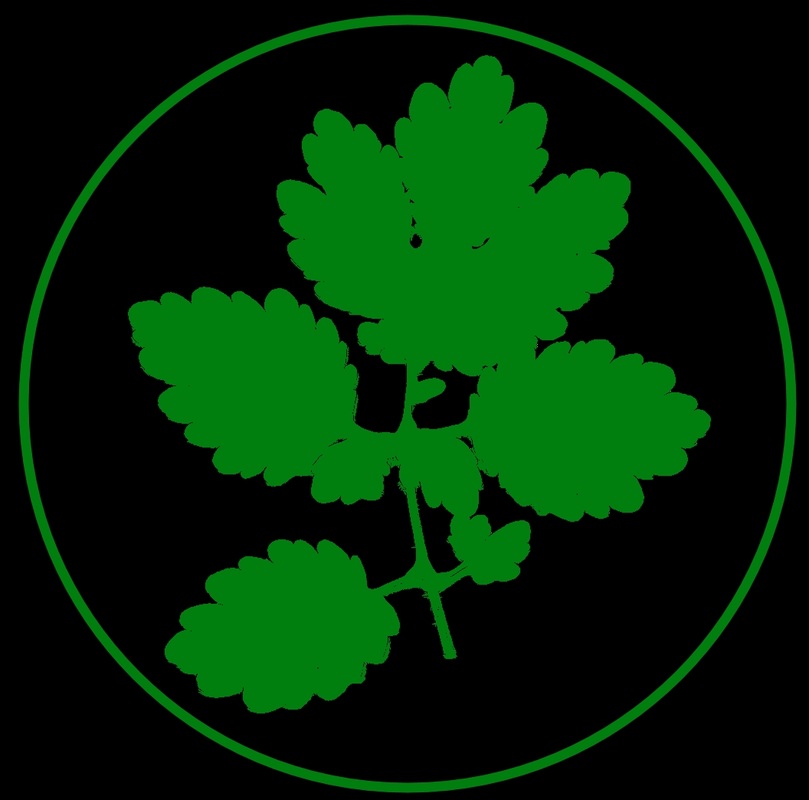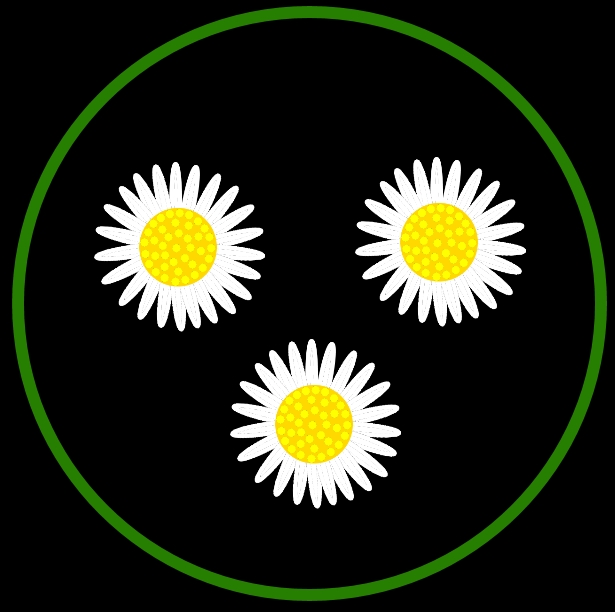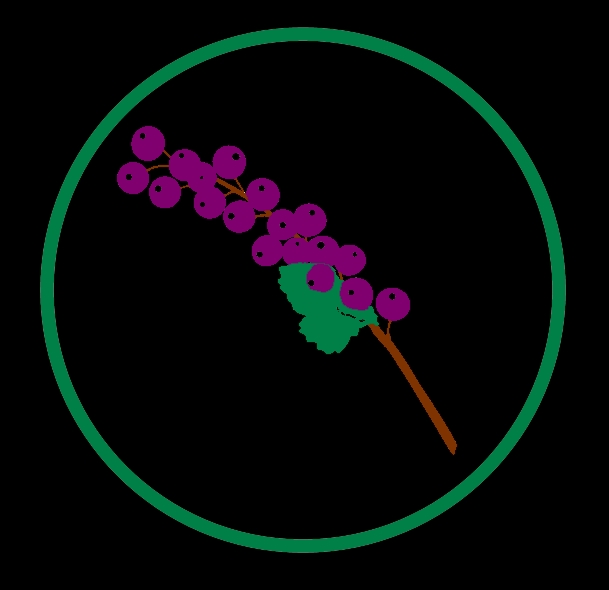Phillipine Flying Lemur
Cynocephalus volans
Where is it found?
Tropical rainforest
Diet and foraging method
Key adaptations
They possess a gliding membrane, called a patagium, that they use to glide through the trees. They have a shaded, mottled colour of fur to help them blend in to their surroundings of tree bark. Phillipine flying lemurs have large eyes to help them see when flying in the dark, as they are nocturnal. And strong, sharp claws to help anchor themselves to tree trunks.
Social organisation
Solitary
Did you know that...?
Their best form of locomotion is gliding, as when on the ground, they cannot stand upright, and when climbing trees are very slow, using only lingering hops.
Taxonomy
Picture credits:
Maps from: http://species.mol.org/species/
"Kaguang-drawing". Licensed under Public Domain via Wikimedia Commons - https://commons.wikimedia.org/wiki/File:Kaguang-drawing.jpg#/media/File:Kaguang-drawing.jpg
"Cynocephalus volans Brehm1883". Licensed under Public Domain via Wikimedia Commons - https://commons.wikimedia.org/wiki/File:Cynocephalus_volans_Brehm1883.jpg#/media/File:Cynocephalus_volans_Brehm1883.jpg
"Kaguang-drawing". Licensed under Public Domain via Wikimedia Commons - https://commons.wikimedia.org/wiki/File:Kaguang-drawing.jpg#/media/File:Kaguang-drawing.jpg
"Cynocephalus volans Brehm1883". Licensed under Public Domain via Wikimedia Commons - https://commons.wikimedia.org/wiki/File:Cynocephalus_volans_Brehm1883.jpg#/media/File:Cynocephalus_volans_Brehm1883.jpg








